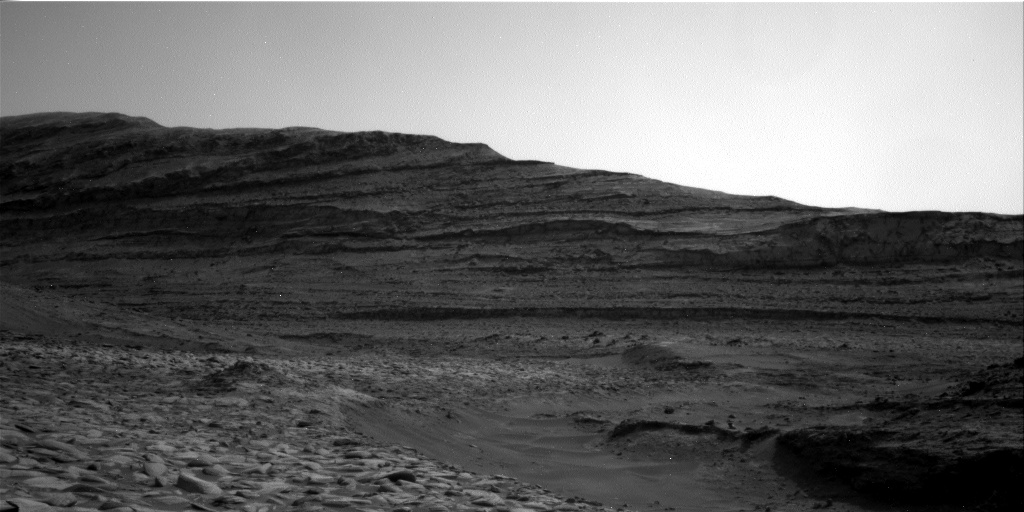2 min read

Earth planning date: Monday, March 25, 2024
Today, we planned two sols on Mars in a Touch and Go plan, where we do some early morning contact science and imaging followed by a drive to a new workspace on the first sol. As always, we will characterise the bedrock in our workspace. APXS and MAHLI will be deployed on the bulk bedrock at “Sunrise Lakes” right in front of the rover. ChemCam and Mastcam will capture rarer smooth grey looking layers at “Keough Hot Springs” further away from the rover. Mastcam will acquire more imagery of “Sentinel Dome,” a patch of gnarly looking bedrock that we previously imaged in the last plan.
However this plan (and many of the others around now) will probably be remembered for its imaging of the uGVR (upper Gediz Vallis ridge) rather than chemistry! The closer we get to the uGVR, the more jaw dropping the images are getting. Every morning, we open up the new image products and just … drool over the beauty and detail. We have been talking about the GVR for so long, and we are definitely being rewarded now, despite that pesky sun blob getting in the way!
Today, as part of the uGVR campaign, Mastcam mosaics and ChemCam LD RMIs (Long Distance Remote Images) will be taken along the east wall of Fascination Turret, the part of the uGVR just ahead of us. We have already taken images of the wall, but as the position of the rover changes, our viewshed (or what we can see) changes. Getting images from many different angles and distances allows us to constrain any stratigraphy or layering that we see and (hopefully!) help us to understand the origin of the uGVR and the role it played in Gale crater.
We continue our environmental monitoring, with solar taus to characterize dust in the atmosphere (by Mastcam), some dust devil movies (Navcam) and our usual suite of REMS and DAN activities.
Written by Catherine O'Connell-Cooper, Planetary Geologist at University of New Brunswick







